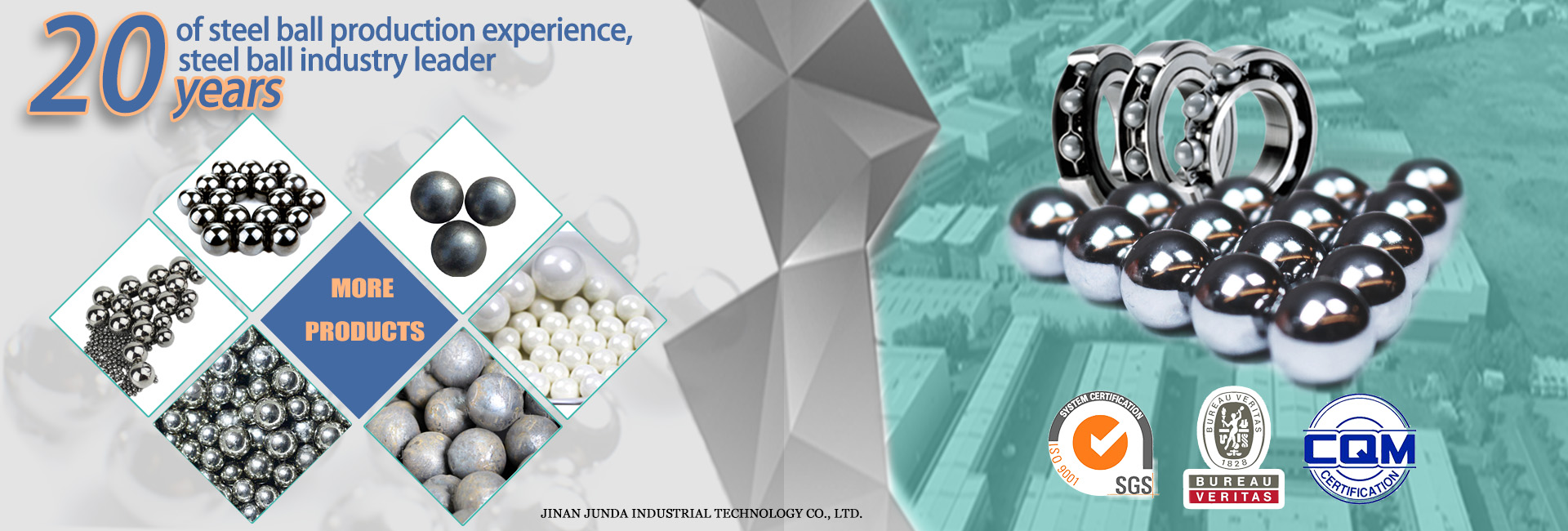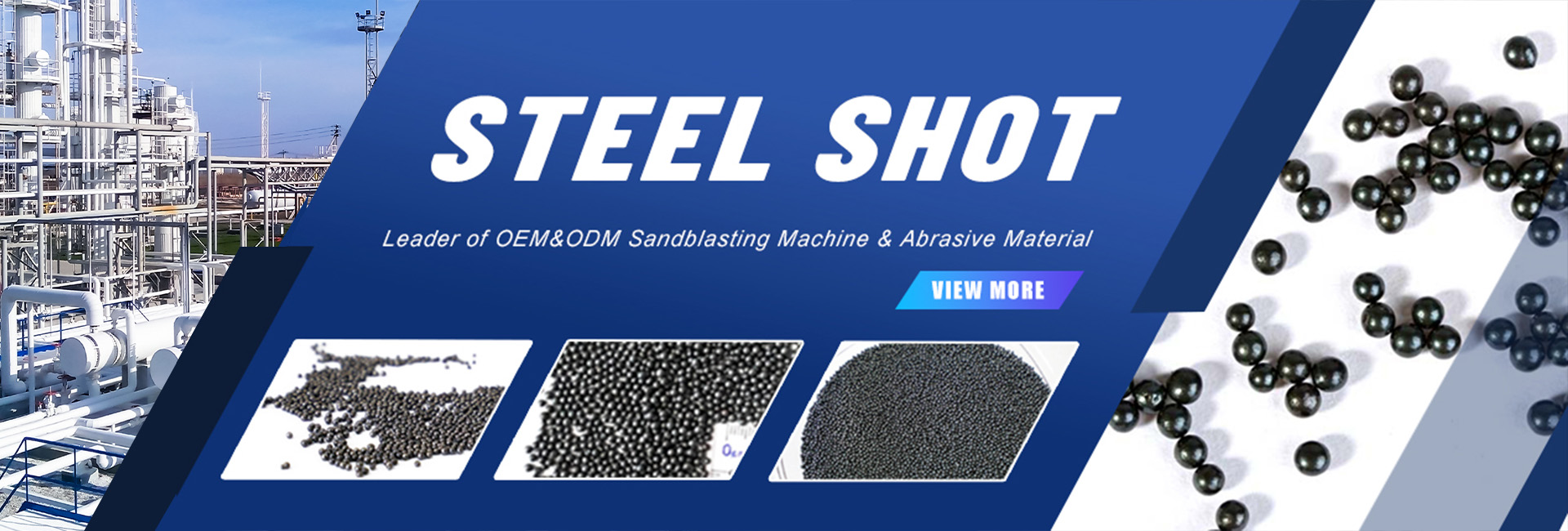JInan Junda produces and supplies two types of ceramic balls, alumina ceramic balls and zirconia ceramic balls. They have different element contents and product characteristics, and therefore have different application scenarios. The following is a brief introduction to our two different types of ceramic balls.
1.Alumina Ceramic Balls
Junda ceramic ball refers to alumina powder as raw material, after ingredients, grinding, powder (pulping, mud), forming, drying, firing and other processes produced, mainly as grinding medium and widely used ball stone. Because the content of alumina is more than 92%, it is also called high aluminum ball. Appearance is white ball, diameter of 0.5-120mm.
2.Zirconia Ceramic Balls
Zirconium Dioxide Features / Properties
Balls manufactured from zirconium dioxide are highly resistant to corrosion, abrasion, and stress from repetitive impacts. In fact, they will actually increase in toughness at the point of impact. Zirconia oxide balls also have incredibly high hardness, durability, and strength. High temperatures and corrosive chemicals are no issue for zirconia balls, and they will maintain their excellent properties up to 1800 degrees ºF.
3.Application
Alumina Ceramic
Grinding, polishing, etc
It is widely used in the precision processing and deep processing of all kinds of ceramics, enamel, glass and thick and hard materials in chemical plants, as the grinding medium of ball mill, tank mill, vibration mill and other fine mills.
Zirconium Oxide Grinding Media
As a high-end grinding mediua, zirconia is mainly used for ultra-fine grinding of high hardness grinding materials:
1. Dyes and Coatings: ink, pigment, paint, etc.;
2. Electronic Materials: resistance, capacitance, liquid crystal display paste, plasma display glass glue, semiconductor polishing paste, gas sensor paste, etc.;
3. Medicine, food and food additives, cosmetics, etc;
4. Lithium battery raw materials: lithium iron, lithium titanate, graphite, silicon carbon, graphene, carbon nanotubes, alumina ceramic diaphragm, etc.
Post time: Sep-24-2024











